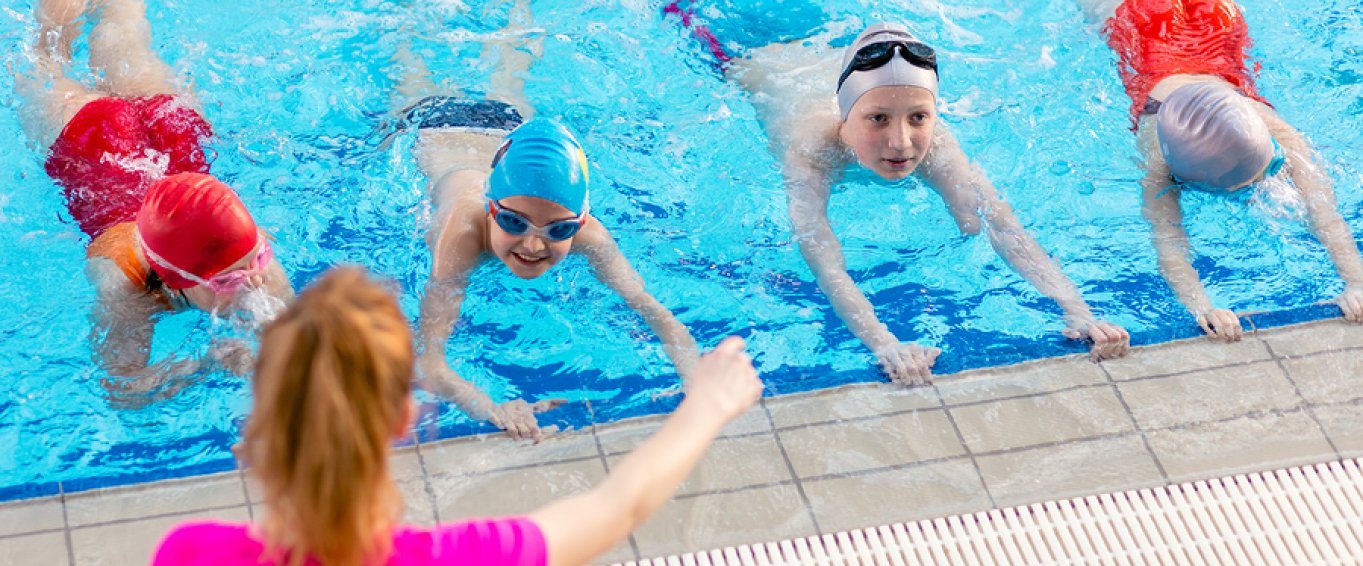Swim School - Everything You Need to Know about Primary Swim Curriculums

Despite all our talk about the essential nature of sport, swimming is currently the only mandatory sporting activity included in British education curriculums. Primary schools are required to engage pupils in a diverse range of physical activities (both structured and unstructured) to help them develop movement competence. However, the choice of activities is up to each school's discretion.
That is, except in the case of swimming which is considered so important for child safety that it must be taught (and evidenced) at an early stage in development. There are three statutory requirements which schools are responsible for meeting by providing pupils with skills based water training. They are as follows:
National Curriculum Outcomes for Swimming
All primary schools must provide pupils with high quality swimming and water safety lessons. This may occur in KS1 or KS2 provided all children are taught the same skills.
1. How to perform a self-rescue in various water conditions/scenarios
2. How to swim confidently and safely for a minimum distance of 25m
3. How to perform multiple swimming styles (front crawl, breast stroke, etc)
Swimming Outcomes and the Primary PE & Sport Premium
It's important for schools to understand PE and Sport Premium funding cannot be used to pay for pupils' swimming lessons. This is because the money is not to be treated as a shortcut for make teaching easier or faster. Its purpose is to improve and broaden the delivery of curriculum outcomes but not to cover up existing failures to meet them.
This is a key distinction and it should be considered whenever your school is investing money in swimming provisions.
What schools can do is use premium funding to upskill teachers so they can provide 'in class' support to existing swimming coaches. They may also use the money to supply extra instruction (beyond the swimming hours required in the curriculum) to pupils who are struggling to meet the aforementioned swimming outcomes. Additionally, schools can spend on 'supplementary' activities designed to make swimming lessons more impactful and engaging such as swimming competitions, galas and sports.
After ten structured lessons, if child cannot float on either their front or back and/or swim 10m unaided, they may be eligible for extra swimming lessons. While schools can provide lessons at any point before pupils leave for secondary school, we strongly encourage you to deliver some lessons before the start of Year 5. This will give you time to observe competence, monitor progress and identify children in need of support.
How to Report on Curriculum Swimming Outcomes
As part of accountability requirements for the PE and Sport Premium (due every July), schools are required to publish the swimming and water safety attainment levels of all pupils in Year 6. This information must be published on your website as part of evidencing documents and must state what percentage of pupils meet the national curriculum swimming and water safety requirements. The reporting deadline for 2020 is July 31st.